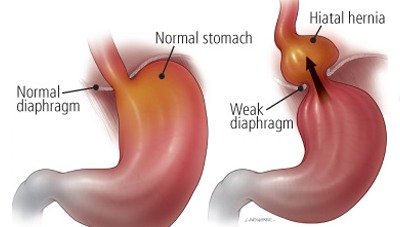John Doe
General SurgeonPretium saepe pariatur ornare cillum repudiandae inceptos iaculis cumque vulputate sequi neque quos exercitation aliquip interdum, veniam? Aute error, elit!

Pretium saepe pariatur ornare cillum repudiandae inceptos iaculis cumque vulputate sequi neque quos exercitation aliquip interdum, veniam? Aute error, elit!
Anti-reflux surgery is a treatment for acid reflux, also known as GERD (gastroesophageal reflux disease). GERD is a condition in which food or stomach acid comes back up from your stomach into the esophagus. The esophagus is the tube from your mouth to the stomach.
Surgeries(Surgeries for breast and thyroid diseases) that are commonly performed under Anti-reflux surgeries,
OPEN REPAIR
Your surgeon will make 1 large surgical cut in your belly.
A tube may be inserted into your stomach through the abdomen to keep the stomach wall in place. This tube will be taken out in about a week

Your surgeon will make 3 to 5 small cuts in your belly. A thin tube with a tiny camera on the end is inserted through one of these cuts.
Surgical tools are inserted through the other cuts. The laparoscope is connected to a video monitor in the operating room.
Your surgeon does the repair while viewing the inside of your belly on the monitor.
Your surgeon may need to switch to an open procedure in case of problems.
ENDOLUMINAL FUNDOPLICATION
This is a new procedure that can be done without making cuts. A special camera on a flexible tool (endoscope) is passed down through your mouth and into your esophagus.
Using this tool, the surgeon will put small clips in place at the point where the oesophagus meets the stomach. These clips help prevent food or stomach acid from backing up.
Causes
GERD occurs when the lower oesophageal sphincter (LES) — a muscle that acts as a valve between the oesophagus and stomach — weakens or relaxes improperly, allowing stomach contents to move back up. Factors contributing to GERD include:
Diet: Certain foods (e.g., spicy foods, caffeine, alcohol, fatty foods, chocolate) can relax the LES.
Lifestyle: Smoking, obesity, and lying down shortly after eating can increase the risk.
Other Conditions: Hiatal hernias, pregnancy, and certain medications can also contribute
Symptoms Symptoms vary but commonly include:
Heartburn: A burning sensation in the chest or throat.
Regurgitation: A sour or bitter-tasting acid backing up into the throat or mouth.
Chest Pain: Sometimes mistaken for heart-related pain.
Difficulty Swallowing: Known as dysphagia, it can develop in chronic cases.
Chronic Cough or Hoarseness: From acid irritating the throat and vocal cords.
Risk associated with Acid Reflux surgeries are Adverse reactions with medications,
It is advised to consult doctor before performing any surgery. Doctor will help to address your condition with appropriate treatment and medication options as well in case to avoid surgery. In addition with condition cannot be cured by medication then surgery is the best option to get rid of symptoms that can be painful.
1. Lifestyle Modification
Eating smaller, more frequent meals don’t eat too much at one time. Avoiding trigger foods like spicy good, sweet food, processed food, lying down after meals, and wearing tight clothing can suffocate and trigger blood pressure. Raising the head of the bed and losing weight if needed.
2. Medications:
Antacids: Quick relief by neutralising stomach acid.
H2 Blockers: Reduce acid production effectively to reduce acidity (e.g., ranitidine, famotidine).
Proton Pump Inhibitors (PPIs): Stronger acid reduction (e.g., omeprazole, pantoprazole).
Pro-kinetics: Help clear stomach contents faster, though these are least commonly used.
3. Surgical Options:
When symptoms are severe or unresponsive to lifestyle changes and medication, surgical treatments like Nissen fundoplication, LINX device implantation, or Transoral Incision-less Fundoplication (TIF) may be considered.
